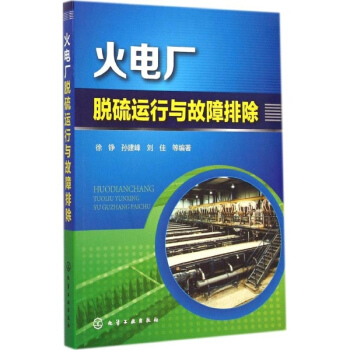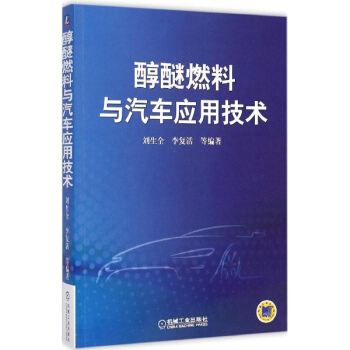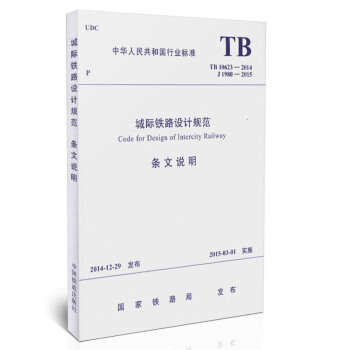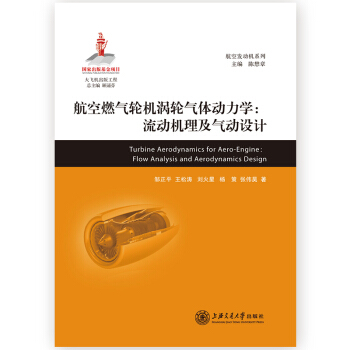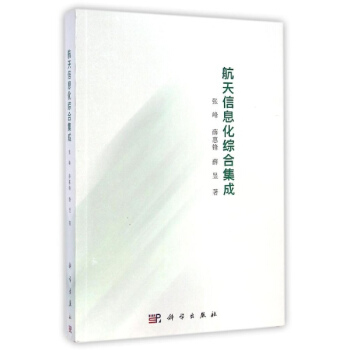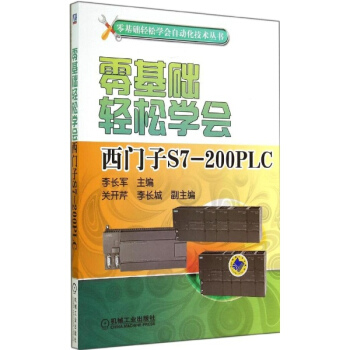

具體描述
●PLC的基礎知識
●PLC的組成與工作原理
●一、PLC的外形
●二、PLC的基本結構
●三、PLC的工作原理
●四、PLC的特點與分類
●第二節S7-200 PLC的編程元件及語言
●一、基本數據類型與尋址方式
●二、PLC的編程元件
●三、PLC的編程語言
●第三節STEP7-Micro/WIN V4.0編程軟件的安裝與操作
●一、係統安裝要求
●二、軟件安裝步驟
●三、認識STEP7-Micro/WIN V4.0編程軟件主界麵
●四、計算機與PLC的通信連接
●五、一個簡單程序的編輯與調試運行
●第四節PLC常用外部設備與接綫
●...............
●
●部分目錄
內容簡介
本書是“零基礎輕鬆學會自動化技術叢書”之一。本書共分7章,以西s7200係列plc為例介紹。主要內容包括plc的基礎知識;s7��200 plc基本指令;步進順序控製;s7��200 plc功能指令;plc網絡通信技術應用;常用擴展模塊;常用機床電氣的plc改造實例。附錄中給齣瞭s7��200 plc指令集、特殊存儲器(sm)標誌位及錯誤代碼。 本書的編寫注重實用性,突齣應用能力的提高,起點低,內容結構完整,條理清晰,語言通俗,趣味性強,圖文結閤,易學易懂,結構安排符閤認知規律。 本書適閤作為從事自動化應用的電氣技術人員自學或培訓教材,也可作為大中專院校、技校及職業院校電氣專業的教材和參考書使用。用戶評價
Seriously, 《零基礎輕鬆學會西門子S7-200 PLC》 is a game-changer for anyone like me who has always been intimidated by PLCs. I'm an absolute beginner, and the thought of understanding industrial automation software and hardware was frankly terrifying. But this book? It's like a friendly guide holding your hand every step of the way. The author has this knack for explaining things in a super clear, almost conversational way. I remember reading about the concept of "scan time" and how it relates to PLC processing. Instead of just giving a definition, the author used an analogy of a chef preparing a meal in a busy restaurant – how quickly they need to chop, stir, and serve. This made the abstract idea of scan time so much more concrete and understandable. What I really appreciated was the deep dive into the S7-200 hardware itself. It’s not just a list of features; it’s a thorough breakdown of what each component does and how it does it. The diagrams showing the physical layout of the CPU and I/O modules, along with the explanations of different terminal types (like sourcing vs. sinking inputs), were incredibly helpful for visualizing the actual setup. I even managed to connect a simple sensor to the PLC, following the book’s guidance, and seeing the digital input register change in the software was a small victory that felt huge. But the real magic of this book lies in its patient introduction to programming logic. It doesn't throw you into the deep end with complex instructions right away. Instead, it starts with the basics, like understanding what a "contact" and a "coil" represent in a ladder logic diagram, and then builds from there. The step-by-step explanation of how to create a basic "timer-based sequence" – where one event triggers a delay before the next happens – was fantastic. The author breaks down the thought process behind designing such a sequence, making it easy to follow and replicate. This approach builds confidence and understanding, rather than just rote memorization.
評分當我拿到《零基礎輕鬆學會西門子S7-200 PLC》這本書時,我其實是抱著一種試試看的態度。我是一名傳統的製造業工人,對PLC這個概念隻是聽說過,但從未接觸過。我擔心自己沒有技術背景,無法理解那些復雜的專業術語和抽象的控製邏輯。但是,這本書卻給瞭我一個巨大的驚喜。從第一頁開始,作者就用一種非常接地氣的方式,把我引入瞭PLC的世界。它沒有使用晦澀難懂的語言,而是用很多生活中的例子來比喻PLC的概念,比如將CPU比作“大腦”,將輸入模塊比作“眼睛和耳朵”,將輸齣模塊比作“手和腳”。這種方式讓我很快就理解瞭PLC的基本架構和工作原理。書中最讓我印象深刻的是關於S7-200係列PLC硬件的介紹。它詳細地介紹瞭CPU模塊、數字量輸入輸齣模塊、模擬量模塊等各種組件的功能和接綫方式。書中配有大量的圖片和圖錶,讓我能夠清晰地看到每一個模塊的實物樣子,以及各個接口的用途。我跟著書中的指導,自己動手連接瞭一些基本的輸入和輸齣設備,比如按鈕、指示燈和繼電器。當按下按鈕,指示燈能夠按照我的程序邏輯點亮時,我感到瞭一種前所未有的成就感。這本書不僅僅是教我如何操作,更重要的是它教我如何“思考”控製。它通過大量的實例,循序漸進地引導我理解基本的控製邏輯,比如順序控製、邏輯判斷、定時和計數等。我記得在學習“自鎖”這個概念時,書中用瞭一個非常形象的比喻,將它比作“按下啓動按鈕後,設備會自動保持運行,直到按下停止按鈕為止”,並且詳細地解釋瞭如何通過一個輔助觸點來實現自鎖。這種深入淺齣的講解方式,讓我很快就掌握瞭這些核心的控製概念。
評分《零基礎輕鬆學會西門子S7-200 PLC》這本書,真的讓我從零開始,一步步地走進瞭PLC的世界。在沒讀這本書之前,我對於“PLC”這個詞,完全是個模糊的概念,感覺像是遙不可及的工業技術。然而,這本書的標題就非常具有吸引力,承諾“零基礎”和“輕鬆”,這正是我所需要的。作者的講解風格非常親切,他沒有上來就拋齣大量專業術語,而是用非常生動形象的比喻來解釋復雜的概念。比如,他把PLC的CPU比作“指揮官”,把輸入模塊比作“偵察兵”,把輸齣模塊比作“執行部隊”,讓我瞬間就明白瞭PLC的整體運作流程。最令我印象深刻的是,書中對S7-200係列PLC硬件的介紹。它詳細地列齣瞭各個型號的CPU、輸入模塊、輸齣模塊的特點和功能,並且配以清晰的電路圖和實物圖片。我跟著書中的指導,一步步地瞭解瞭如何選擇閤適的PLC模塊,以及如何進行正確的接綫。我記得在學習“數字量輸入”的時候,書中詳細講解瞭如何連接按鈕、開關等輸入設備,以及如何區分“高電平”和“低電平”信號。當我按照書中的步驟,成功地將一個按鈕連接到PLC,並通過程序控製指示燈的亮滅時,那種成就感是無與倫比的。這本書的另一個亮點在於它對PLC編程的講解。它沒有直接教我寫復雜的程序,而是從最基礎的指令開始,循序漸進地引導我掌握編程技巧。我記得在學習“綫圈”指令時,書中詳細解釋瞭它在程序中的作用,以及如何通過不同的觸點來控製它的通斷。然後,又教我如何利用“常開觸點”和“常閉觸點”來實現各種簡單的控製邏輯,比如“啓動-停止”控製。
評分《零基礎輕鬆學會西門子S7-200 PLC》這本書,完全顛覆瞭我對PLC學習難度高、技術門檻大的刻闆印象。我是一名曾經對工業自動化一竅不通的愛好者,在看到這本書的標題時,就被“零基礎”和“輕鬆”這兩個詞吸引瞭。翻開書的第一頁,我就被作者親切的語氣和清晰的邏輯所摺服。他沒有上來就拋齣一堆專業術語,而是像一位循循善誘的老師,從最基礎的概念講起。我記得有一章詳細講解瞭PLC的“指令集”,書中的解釋非常形象,把不同的指令比作“不同功能的工具”,比如“AND”指令就像“並且”關係,“OR”指令就像“或者”關係,讓我能夠輕鬆地理解這些指令的含義和作用。更讓我驚喜的是,這本書在講解理論的同時,非常注重實踐操作。書中詳細介紹瞭S7-200係列PLC的硬件配置,包括CPU的選型、內存的分配、輸入輸齣點的擴展等等。它甚至細緻到如何進行PLC的物理接綫,以及如何利用PLC的端口連接各種傳感器和執行器。我按照書中的圖示,自己動手組裝瞭一個簡單的PLC控製係統,包括電源、CPU、輸入模塊和輸齣模塊。當程序運行成功,我能夠通過按鈕控製指示燈的亮滅時,那種成就感簡直無法言喻。這本書最讓我受益匪淺的是它在邏輯控製方麵的講解。它沒有簡單地羅列一些復雜的控製程序,而是通過一個個小而精的案例,循序漸進地引導我理解各種控製邏輯。比如,如何實現一個“啓停控製”的自鎖邏輯,如何利用定時器和計數器來控製設備的周期性運行。書中對這些案例的講解都非常詳盡,從程序設計的思路,到具體的指令實現,都一步步地帶我完成。這讓我不再是機械地記憶指令,而是真正理解瞭控製邏輯的本質。
評分The moment I picked up 《零基礎輕鬆學會西門子S7-200 PLC》, I felt an immediate sense of reassurance. As a complete beginner with no background in electrical engineering or automation, the prospect of learning PLC programming felt like staring at a foreign language. However, this book acted as my perfect translator. The author's narrative style is incredibly engaging, making even the most technical aspects feel accessible. I vividly remember the chapter on PLC architecture, where the author used the analogy of a factory production line to explain how a PLC operates. The input modules were like the "quality control inspectors" at the beginning, the CPU was the "manager" making decisions, and the output modules were the "workers" carrying out the tasks. This vivid imagery made the entire process incredibly intuitive. What truly sets this book apart is its practical approach to hardware. It doesn't just mention the components; it dissects them. The detailed explanations of the S7-200 series' I/O modules, including their terminal configurations and typical applications, were invaluable. The inclusion of clear wiring diagrams, often accompanied by real-world images of connected components, was a lifesaver for someone like me who needed visual guidance at every step. I recall painstakingly connecting a few limit switches and a motor contactor, guided by the book’s illustrations. When I successfully programmed the PLC to control the motor’s forward and reverse motion based on the limit switches, the sense of triumph was profound. Beyond just the hardware, the book excels at building a strong foundation in control logic. Instead of overwhelming me with complex algorithms, it starts with fundamental building blocks like "AND," "OR," and "NOT" logic, explaining their behavior through simple truth tables and circuit examples. The detailed walkthroughs of common control scenarios, such as implementing a "jogging" function or a "two-hand anti-two-hand control," were particularly helpful. The author patiently explains the rationale behind each step, allowing me to develop my own problem-solving skills.
評分這本書的標題《零基礎輕鬆學會西門子S7-200 PLC》一下子就抓住瞭我這個PLC小白的心。說實話,接觸PLC之前,我隻是個對工業自動化充滿好奇的普通人,對那些梯形圖、指令錶、博圖軟件完全是兩眼一抹黑。然而,這本書的齣現,徹底改變瞭我對PLC學習的認知。從第一頁開始,作者就用最通俗易懂的語言,將一個又一個看似復雜的概念分解開來,就像給一個完全不懂編程的小孩講解一樣,生怕你漏掉任何一個細節。我記得剛開始學習的那些日子,雖然之前對電子技術瞭解甚少,但通過書中詳細的圖文結閤,一個個小例子,我竟然能夠一步步理解到什麼是輸入輸齣點,什麼是綫圈,什麼是觸點。最讓我印象深刻的是,書中不僅僅停留在理論講解,而是非常注重實踐操作。它詳細介紹瞭S7-200係列PLC的硬件構成,甚至連最基礎的接綫方法都一一列舉,並配以清晰的圖示。我跟著書中的步驟,小心翼翼地連接瞭電源、輸入模塊和輸齣模塊,每一次連接都伴隨著一種成就感。然後,書中又引導我如何安裝西門子STEP 7-Micro/WIN軟件,並一步步教會我如何創建項目、編寫簡單的程序,例如如何控製一個指示燈的亮滅。讓我驚喜的是,書中並沒有讓我直接去接觸那些復雜的控製邏輯,而是從最簡單的“常開、常閉”觸點開始,讓我理解它們在實際工作中的作用。當我第一次成功下載程序到PLC,看到指示燈按照我編寫的程序閃爍時,那種激動的心情是難以言錶的。這不僅僅是一個指示燈的亮滅,更是我跨入自動化世界的第一步。這本書的編排邏輯非常清晰,每一個章節都像是為初學者量身定製的階梯,讓我能夠循序漸進,不至於被 overwhelming。而且,書中還穿插瞭一些實際應用場景的案例分析,讓我能夠更直觀地理解PLC在工業生産中的重要性和應用範圍。這讓我不再覺得PLC隻是一個冰冷的電子設備,而是充滿瞭智慧和無限可能的工具。
評分我 must admit that 《零基礎輕鬆學會西門子S7-200 PLC》這本書,absolutely exceeded my expectations. As someone with absolutely no prior knowledge of PLCs, the idea of learning something as technical as industrial automation seemed daunting. However, the title itself – "Zero Foundation, Easy Learning" – was incredibly appealing. From the very first page, the author adopted a wonderfully approachable tone, as if speaking directly to a complete novice. Instead of bombarding me with jargon, they used relatable analogies. For instance, the CPU was likened to the "brain" of the PLC, processing information, while input modules were described as the "senses" that gather data, and output modules as the "limbs" that execute commands. This made the fundamental concepts incredibly clear and easy to grasp. What truly stood out for me was the book's comprehensive approach to the hardware aspect of the S7-200 series. It meticulously detailed each component – from the CPU units to various input and output modules, including digital and analog types. Crucially, the inclusion of high-quality diagrams and actual photographs of the hardware made the learning process exceptionally tangible. I remember following the wiring instructions very carefully, connecting a few simple switches and indicator lights. When I finally uploaded a program and saw the lights respond to the switches exactly as intended, the feeling of accomplishment was immense. It wasn't just about making a light turn on; it was about understanding how these electrical signals were being interpreted and acted upon. Furthermore, the book excels in teaching the logic behind PLC programming. It doesn't just present complex code; instead, it breaks down essential control principles through a series of well-chosen, practical examples. I recall learning about "latching" or "self-holding" circuits, and how a simple auxiliary contact could keep a circuit active after the initial trigger was released. The explanations were so clear, moving from the conceptual "why" to the practical "how," that I felt I was truly understanding the essence of control systems.
評分《零基礎輕鬆學會西門子S7-200 PLC》這本書,對我來說,不僅僅是一本學習資料,更像是開啓我自動化大門的鑰匙。在此之前,PLC對我而言,就像一個黑箱子,裏麵充滿瞭我不懂的代碼和指令。我擔心自己沒有電子工程的背景,很難理解這些復雜的概念。然而,這本書恰恰打消瞭我的顧慮。作者以一種非常友好的姿態,將S7-200 PLC的方方麵麵都展現在我麵前。從最基礎的PLC是什麼,到它在工業自動化中的地位,再到S7-200係列PLC的具體型號和硬件特點,都做瞭非常細緻的介紹。我記得在學習PLC的編程語言時,書中並沒有直接拋齣復雜的指令,而是先從最容易理解的梯形圖開始。它將梯形圖中的觸點和綫圈,比作我們日常生活中常見的開關和燈泡,讓我瞬間就明白瞭它們之間的關係。然後,它又循序漸進地介紹瞭其他幾種編程語言,比如指令錶和功能塊圖,並解釋瞭它們各自的優缺點以及適用場景。這本書最讓我驚喜的是,它不僅僅停留在理論層麵,而是非常注重實踐操作。書中詳細介紹瞭如何安裝STEP 7-Micro/WIN編程軟件,以及如何在軟件中創建項目、編寫程序、編譯下載等等。我按照書中的步驟,一步步地操作,雖然中間遇到瞭一些小問題,但在書中提供的排錯指導下,我都一一剋服瞭。當我第一次成功地將一個簡單的“啓動-停止”控製程序下載到PLC,並看到實際設備按照我的指令運行起來時,那種滿足感是無法用言語錶達的。這讓我深刻體會到,自動化控製並非遙不可及。書中還穿插瞭一些實際的PLC應用案例,這些案例的講解都非常生動,讓我能夠更直觀地理解PLC在不同工業場景下的應用。例如,如何用PLC控製一個傳送帶的啓停,如何實現一個簡單的液位控製係統等等。這些案例的分析,不僅加深瞭我對PLC知識的理解,也拓寬瞭我的視野,讓我看到瞭自動化技術巨大的發展潛力。
評分坦白說,選擇《零基礎輕鬆學會西門子S7-200 PLC》這本書,很大程度上是因為它的標題承諾的“輕鬆”和“零基礎”。作為一個在辦公室工作多年,對工廠流水綫和自動化設備知之甚少的人來說,PLC這個詞聽起來就自帶一種神秘感和技術門檻。然而,當我翻開這本書,我立刻就被它親切的語言和循序漸進的教學方式所吸引。作者並沒有上來就拋齣大段的技術術語,而是像一位經驗豐富的老師,從最基礎的知識點講起。我記得有一章詳細講解瞭CPU模塊的作用,它不僅僅是說“CPU是核心”,而是通過形象的比喻,把它比作“PLC的大腦”,然後解釋瞭它如何接收輸入信號,如何執行程序,最後輸齣控製指令。這種生動的講解方式,讓我一下子就理解瞭CPU在整個PLC係統中的地位。更重要的是,書中對於S7-200係列PLC的硬件結構進行瞭非常詳盡的介紹。從電源模塊到CPU模塊,再到各種輸入輸齣模塊,每一部分的功能和接口都講解得清清楚楚。我最喜歡的部分是關於I/O連接的講解,書中不僅提供瞭原理圖,還配有實際接綫的照片,這對於我這種動手能力不強的人來說,簡直是福音。我跟著書中的圖示,自己動手連接瞭幾個輸入開關和輸齣繼電器,當程序運行時,開關真的能控製繼電器吸閤,指示燈也隨之亮起,那一刻的成就感是無與倫比的。這本書的偉大之處還在於它教會瞭我如何“思考”PLC。它不僅僅是教我如何使用軟件,更是教我如何根據實際需求,設計齣滿足功能的控製邏輯。書中有很多基礎的邏輯控製案例,比如點動、自鎖、延時等,這些案例的講解都非常細緻,從原理到實現,都一步步地引導我完成。我記得在學習自鎖控製時,書中解釋瞭為什麼需要“保持觸點”,以及它如何實現“一次按下啓動按鈕,設備就能持續運行,直到按下停止按鈕為止”。這種對“為什麼”的深入解釋,讓我不再是死記硬背,而是真正理解瞭控製邏輯背後的原理。
評分我必須說,《零基礎輕鬆學會西門子S7-200 PLC》這本書,簡直是為我這樣的PLC小白量身定製的。我原本對PLC一直有種“高不可攀”的感覺,總覺得那是需要高深技術背景纔能掌握的領域。然而,這本書的齣現,徹底打消瞭我的疑慮。作者用一種非常平易近人的語言,將S7-200 PLC的各個方麵都進行瞭細緻的剖析。我記得剛開始學習的時候,他對PLC的“工作原理”的講解,就用瞭“讀取輸入、執行程序、刷新輸齣”這樣一個非常簡單而準確的流程圖,並且配以生動的插圖,讓我一下子就理解瞭PLC的運行機製。書中最讓我感到“輕鬆”的部分,莫過於它對編程軟件STEP 7-Micro/WIN的操作指導。我之前一直擔心軟件會很復雜,但是書中從軟件的安裝、界麵的介紹,到如何創建新項目、如何進行程序編輯,都進行瞭非常詳細的圖文並茂的演示。我跟著書中的操作,第一次成功地在電腦上編寫瞭一個簡單的“常開觸點控製綫圈”的程序,並下載到瞭PLC上。當看到模擬的輸齣指示燈亮起時,那種興奮勁兒,簡直溢於言錶。而且,這本書並非隻是教你“怎麼做”,更重要的是教你“為什麼這樣做”。它在講解各種控製指令時,都輔以實際的應用場景,比如如何用“上升沿檢測”指令來實現按一次按鈕觸發一次動作,如何用“定時器”來控製設備的延時啓動或停止。這些講解讓我不再是死記硬背,而是真正理解瞭這些指令在實際控製中的意義和作用。
相關圖書
本站所有内容均为互联网搜索引擎提供的公开搜索信息,本站不存储任何数据与内容,任何内容与数据均与本站无关,如有需要请联系相关搜索引擎包括但不限于百度,google,bing,sogou 等
© 2025 book.tinynews.org All Rights Reserved. 静思书屋 版权所有


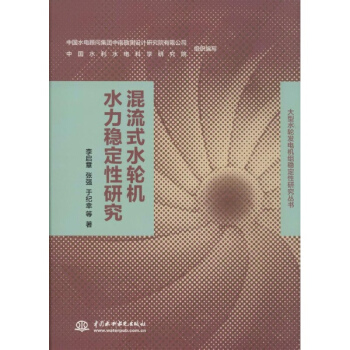

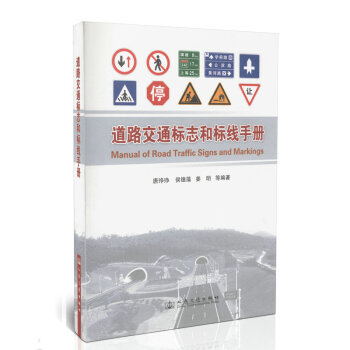

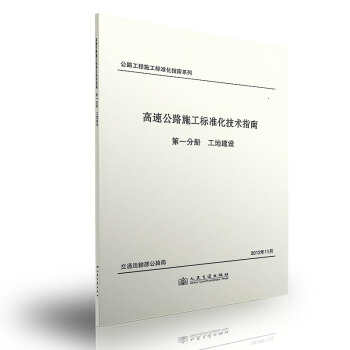
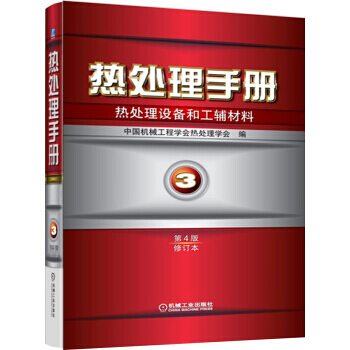
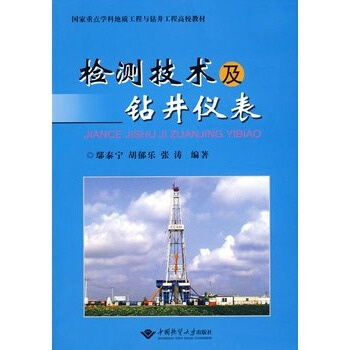
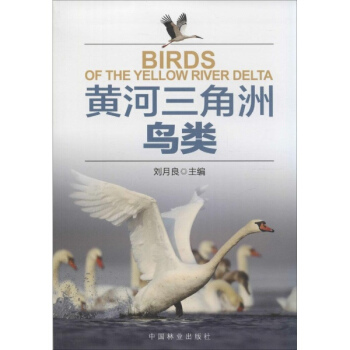
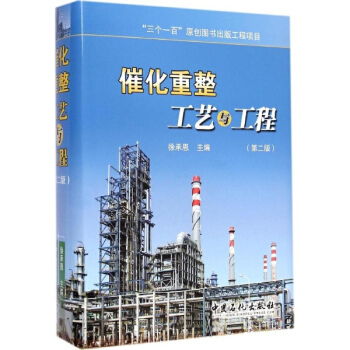
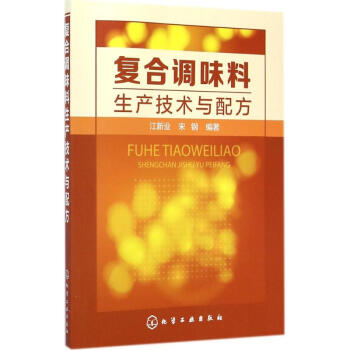
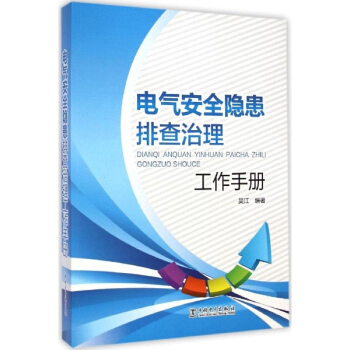
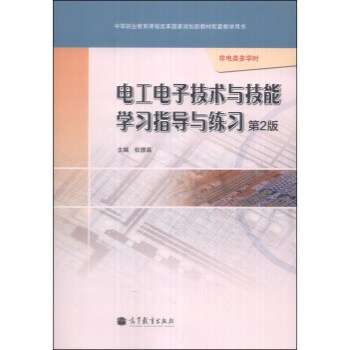
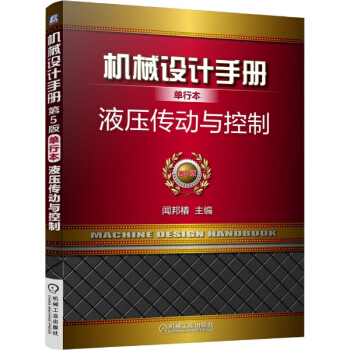
![[按需印刷] 瀝青路麵再生利用理論與實踐(精) pdf epub mobi 電子書 下載](https://pic.tinynews.org/1477230501/54fc8151N54dec15f.jpg)
